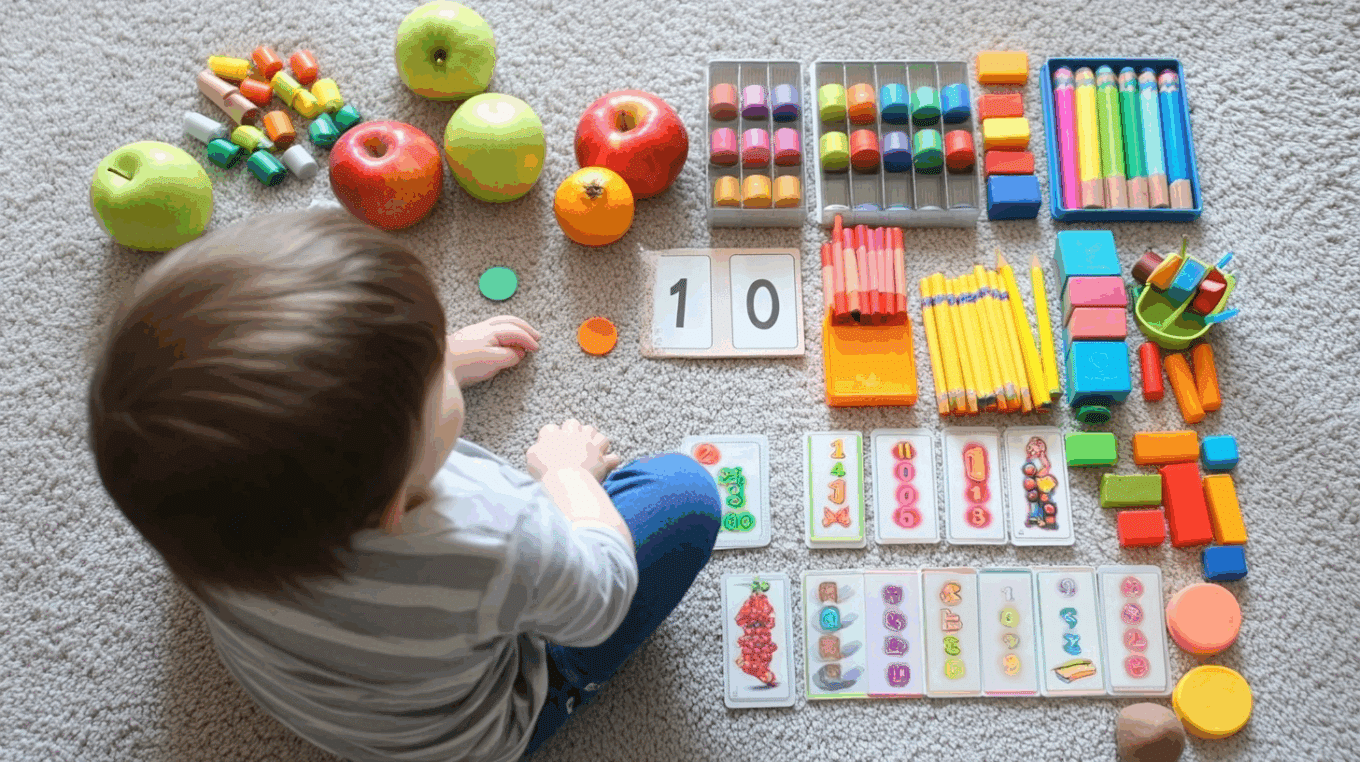Numbers play a huge role in our daily lives. From counting change to measuring ingredients, individual numbers 1-10 form the foundation of how we make sense of quantities. But many people find math boring or hard to teach to kids.
It doesn’t have to be this way! With the right approach, working with individual numbers 1-10 can be fun and simple for learners of all ages.
Many parents and teachers struggle to make number concepts stick. Kids often lose interest when math feels too abstract or dry.
This blog post will show you easy games, quick activities, and helpful tips to make number learning an enjoyable part of your day. From kitchen counting to outdoor number hunts, you’ll find simple ideas that work at home or school.
Understanding Individual Numbers 1-10
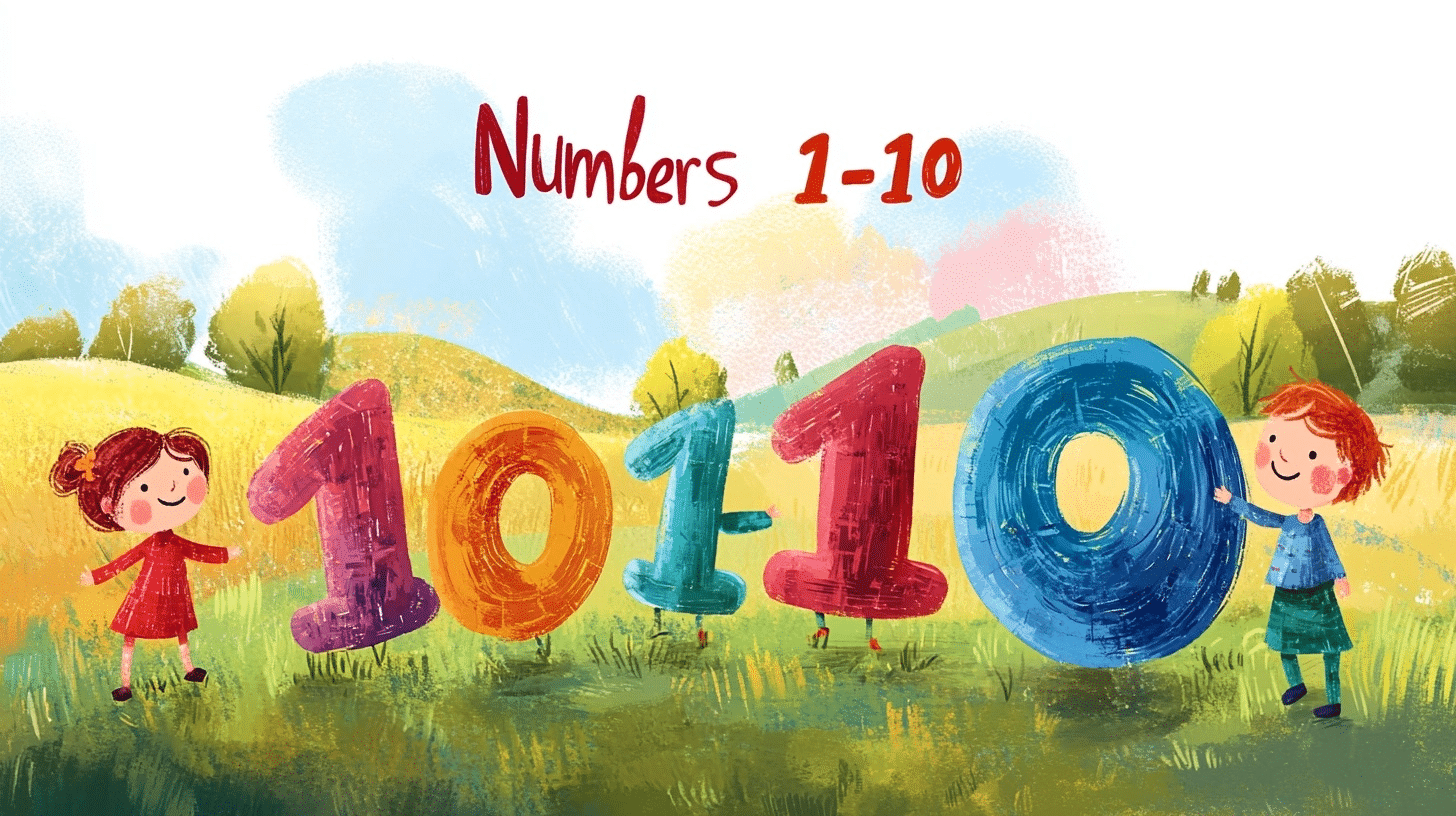
The numbers 1 through 10 are more than just symbols on a page. They help us count objects, tell time, and track our days. For young kids, these first ten numbers open the door to math learning.
Each number has its own value and stands for a specific amount.
When we teach individual numbers, we build a strong base for all future math skills. Kids need to grasp not just how to count from one to ten but also what each number means. The number 5, for example, means five things, no more, no less.
Learning these numbers works best through play and real-life use. Counting toys, sharing snacks, or keeping score in games all put these numbers to work. Parents can point out numbers around the house: on clocks, in books, or on TV remotes. These small daily moments help kids see that individual numbers are useful tools, not just boring math facts to memorize.
Let’s Count: Individual Numbers 1-10
Teaching Numbers Early with Number Activities
Numbers can be fun when we play with them! These six activities help kids learn individual numbers 1-10 through games and hands-on practice.
1. Spoken Language: Counting Commands

Encourage your child to follow playful spoken commands that involve numbers. For example, ask them to “clap three times” or “jump five times.” This builds listening skills and helps connect numbers to real actions.
2. Number Cards
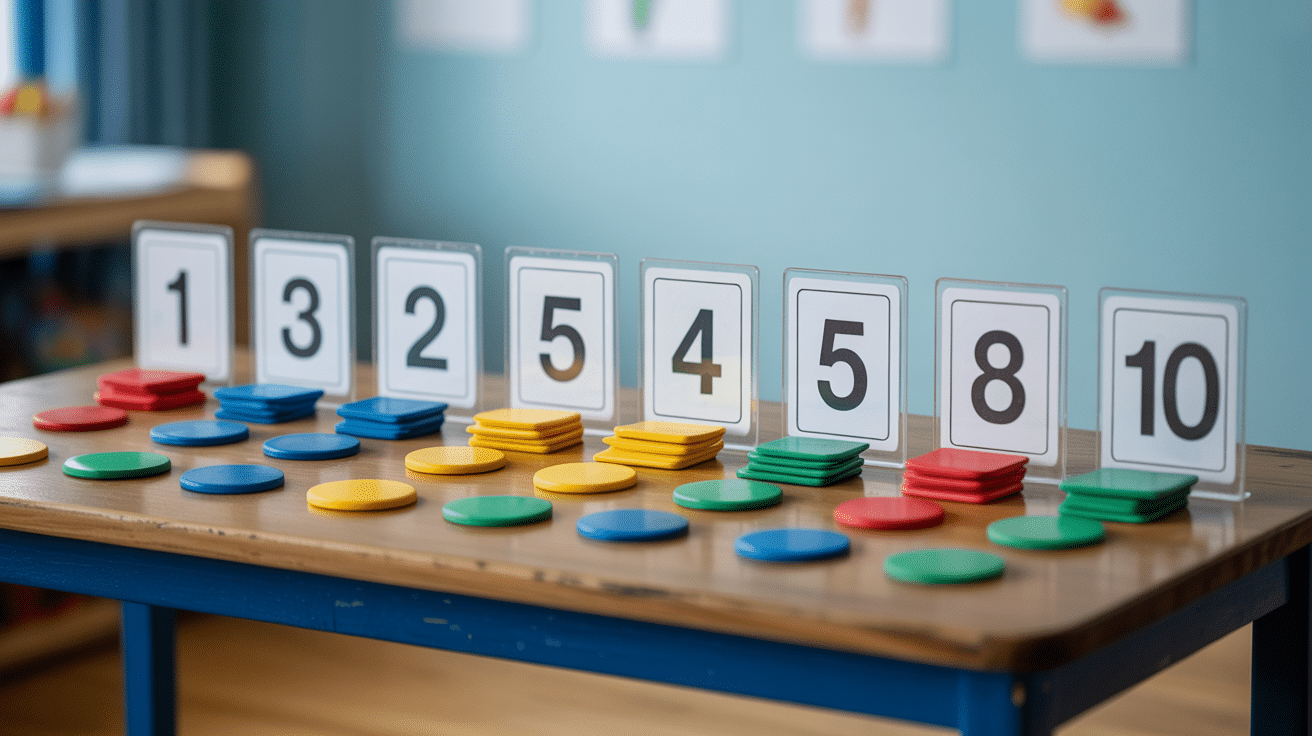
Print and cut out number cards from 1 to 10 (and zero). Spread them out and provide a set of small items like beans or Lego bricks. Ask your child to place the correct number of items under each card. This helps them visually link quantities to number symbols.
3. Number Tracing Practice
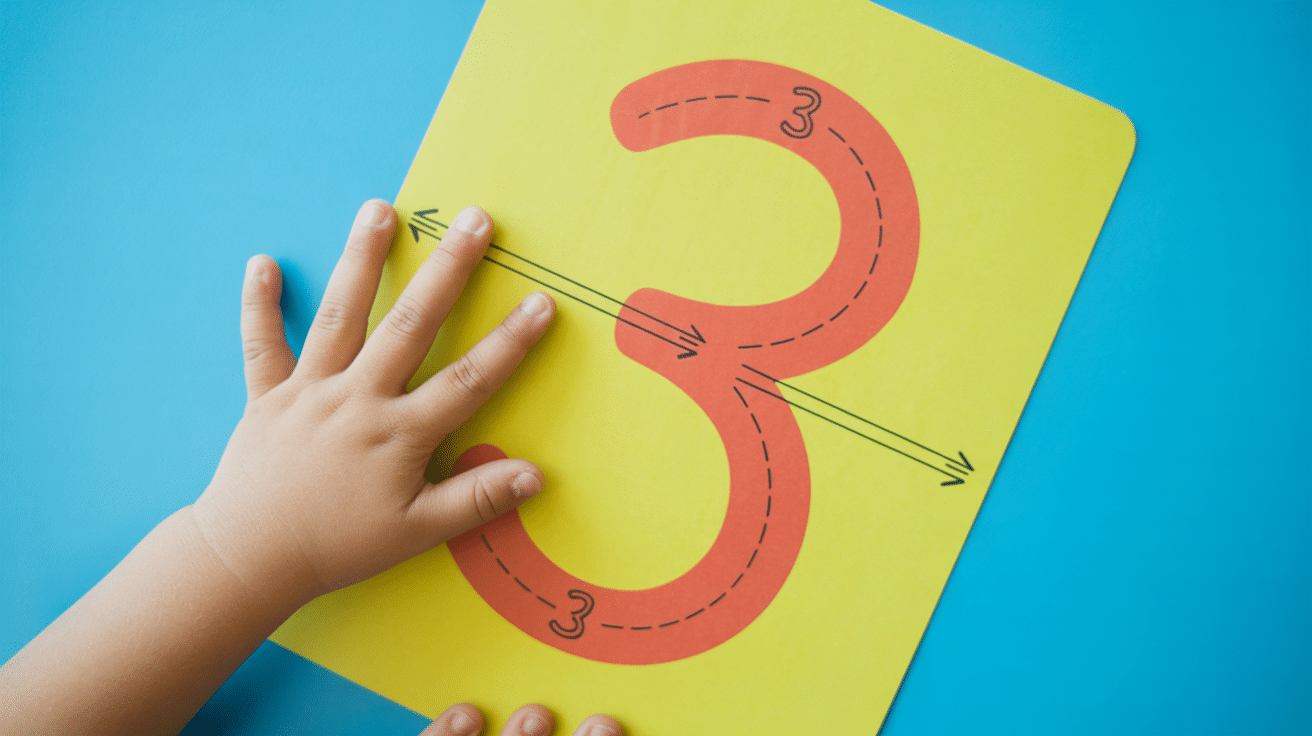
Start by tracing printed numbers with two fingers, then progress to using an orange stick, and finally a pencil. This activity strengthens fine motor skills and helps children learn number formation.
4 . Number Handwriting Practice
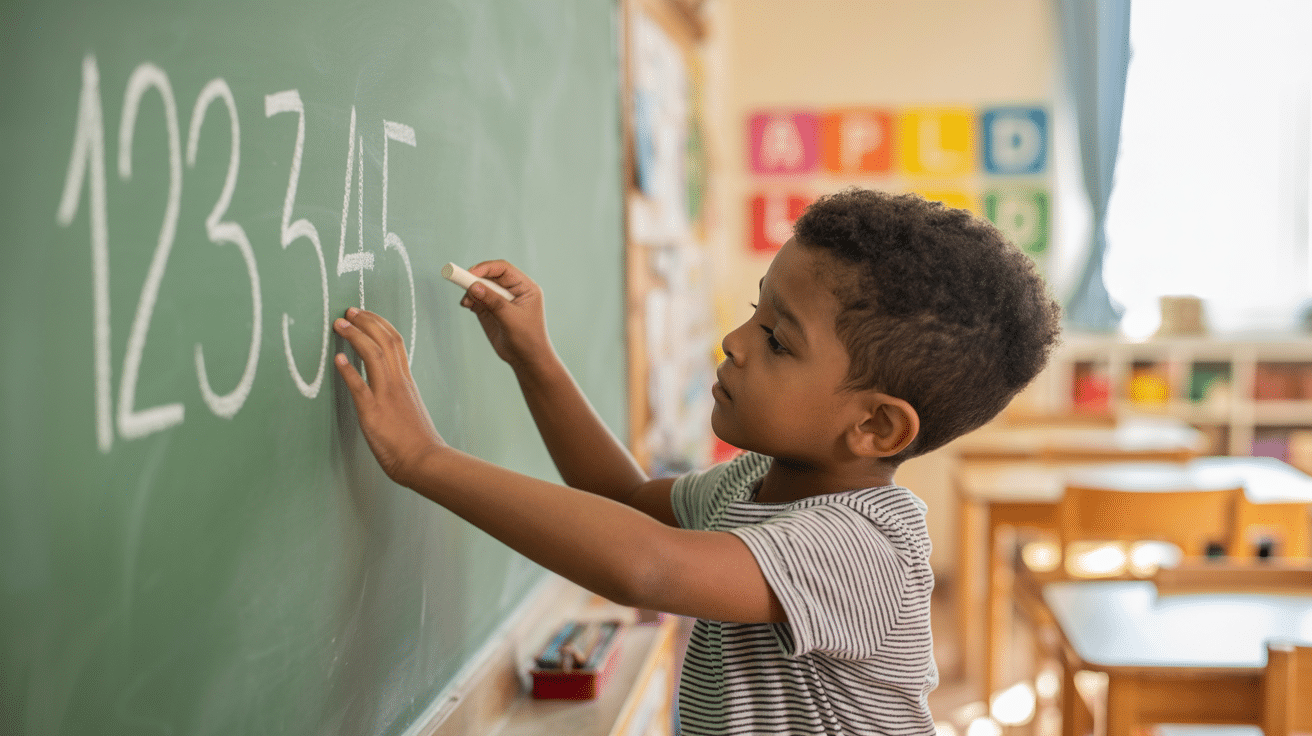
Let your child practice writing numbers on a large chalkboard, then move to paper. Use a handwriting guide to support them. Writing on a big surface first makes it easier and more fun.
5. How Many Do You See?
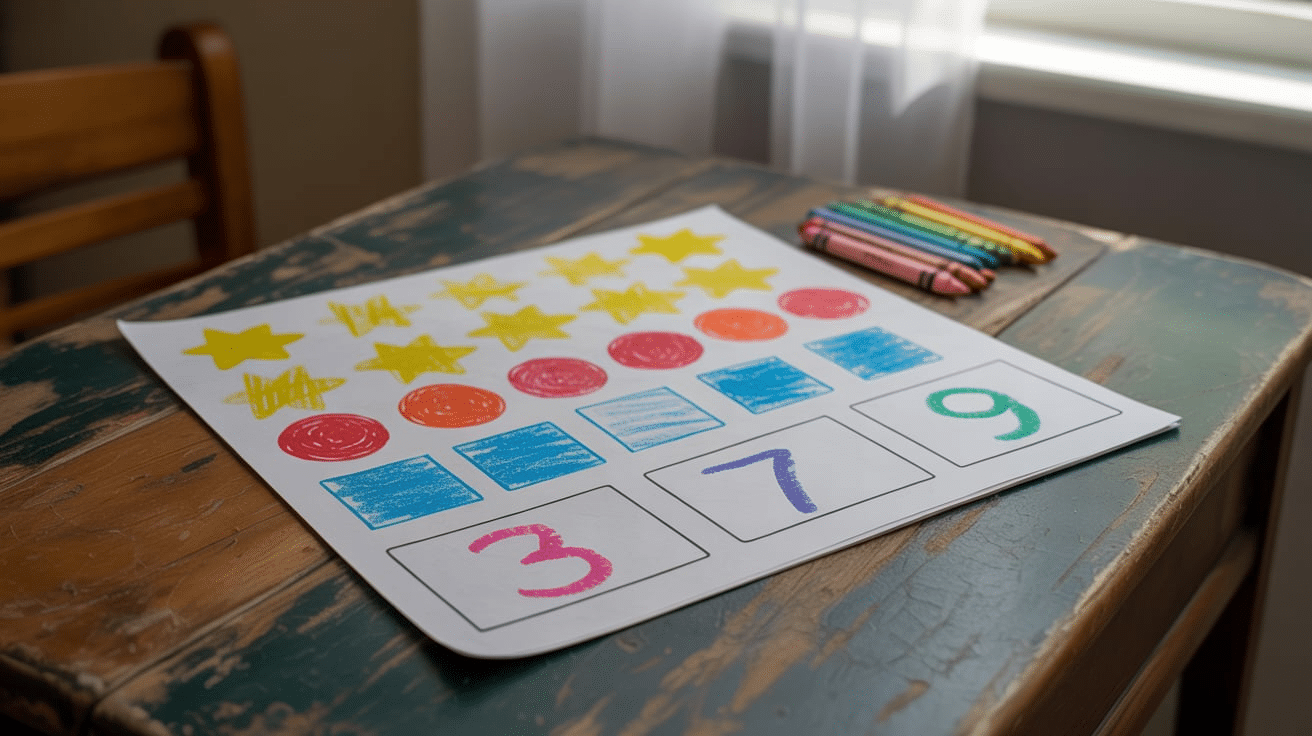
Give your child a worksheet with rows of objects to color and count. They write the correct number in a box beside each row, reinforcing counting and number recognition.
6. Memory Game of Numbers
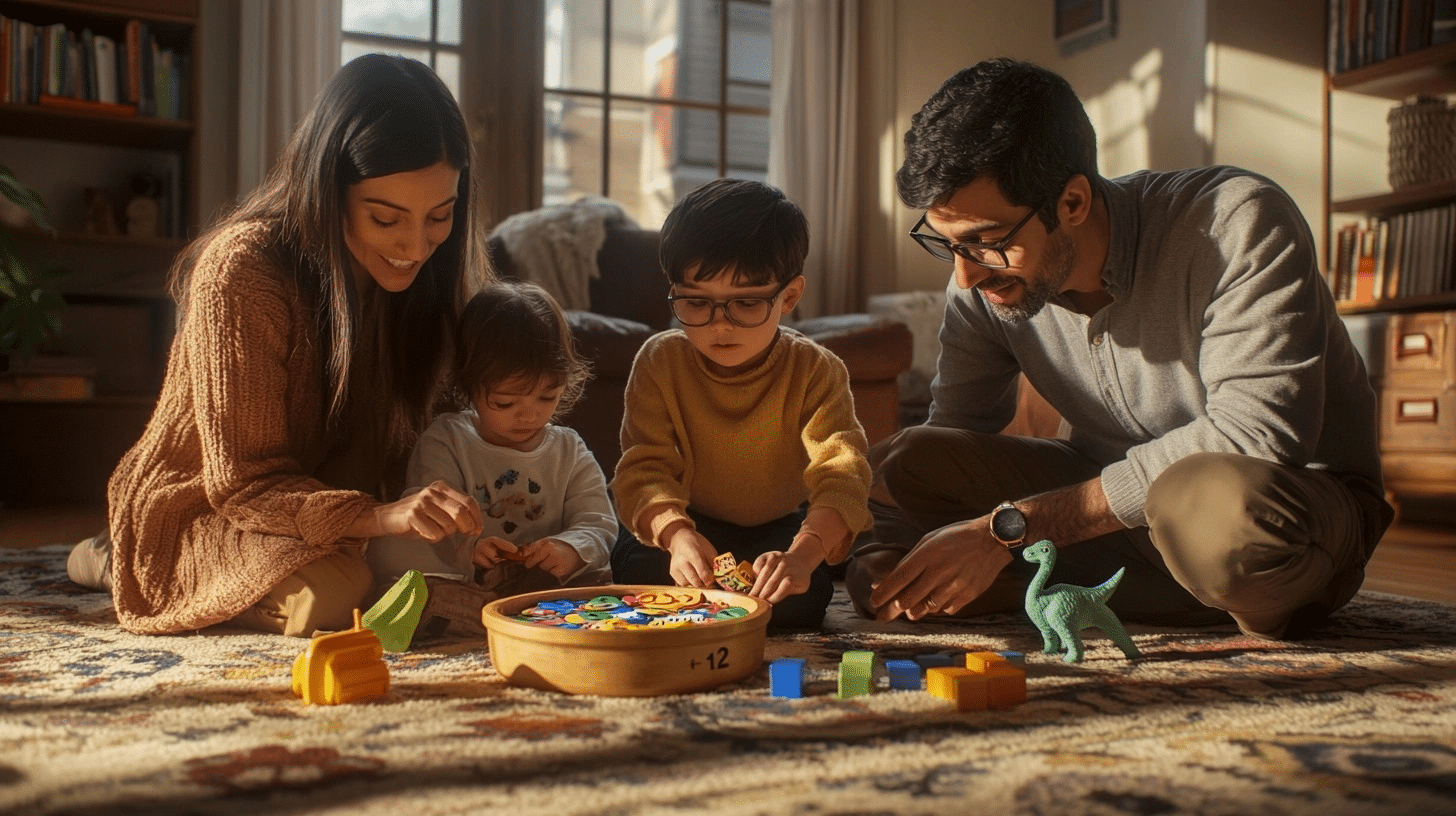
Use folded number cards in a bowl. Each player picks a card, remembers the number, and collects that many objects from around the house. Players then reveal their numbers and count their collected items together. If someone picks zero, they pretend to bring nothing, celebrating the concept of zero.
Importance of Teaching Numbers at An Early Age
Numbers form the building blocks of early math skills. When we teach kids individual numbers 1-10 during their first few years, we help wire their brains for math success later on.
Research shows that children who learn basic numbers before age five often do better in math throughout school. Their brains are like sponges during these early years, soaking up number concepts with ease.
Early number skills go beyond just counting. They help kids think logically, solve problems, and spot patterns.
These skills come in handy for everyday tasks like sharing toys fairly or following a recipe.
Teaching numbers early also builds a child’s sense of time, money, and measurement. When a three-year-old knows what “two more minutes” means, they gain patience and understanding of the world. Best of all, young kids usually find numbers fun and exciting when taught through games and stories rather than formal lessons.
Wrapping It Up
Learning individual numbers 1-10 is a key step in a child’s math path. With the right mix of games and daily practice, numbers become friends instead of foes.
The activities we shared help kids see numbers as useful tools for everyday life. Try one new idea each week and watch your child’s confidence grow.
Want to take number learning further? Leave a comment below with your child’s favorite number activity.

